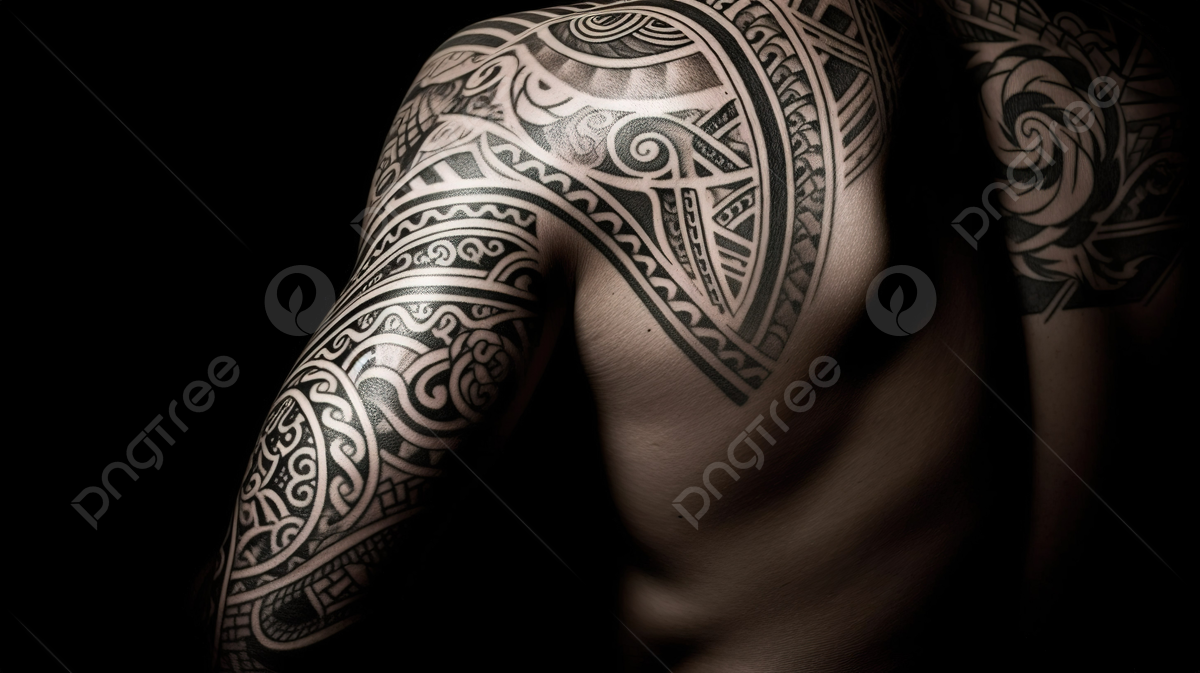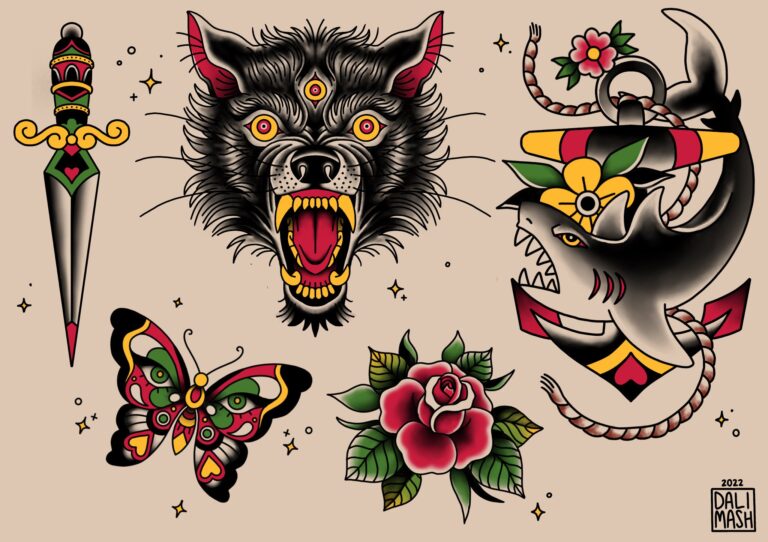Introduction:
Tattoos have been a form of self-expression and cultural significance for centuries. Among the most captivating and culturally rich tattoo traditions are Polynesian tattoos. These intricate designs have a long history deeply rooted in the culture and traditions of the Polynesian islands. In this blog post, we’ll explore the fascinating history of Polynesian tattoos and their modern resurgence as a global art form and symbol of identity.
The History of Polynesian Tattoos:
Polynesian tattoos have a rich history that dates back over two thousand years. They were not just a form of body art but also held profound cultural and spiritual significance. Here’s a brief overview of their history:
1. Early Beginnings: Polynesian tattoos can be traced back to the islands of the South Pacific, including Samoa, Fiji, Tonga, and Tahiti. These tattoos were initially hand-tapped onto the skin using a combination of sharp tools and natural ink made from plant extracts, resulting in intricate patterns and designs.
2. Cultural Significance: Tattoos in Polynesian culture were much more than aesthetic adornments. They served as a way to convey a person’s identity, social status, and achievements. Each design had specific meanings, often representing elements from nature, gods, or ancestral heritage.
3. Rites of Passage: Polynesian tattoos were often earned through rites of passage, symbolizing a person’s transition into adulthood or warrior status. These ceremonies were significant cultural events, and the tattoos were a mark of honor and pride.
4. Decline and Revival: With the arrival of European colonizers in the 18th century, the practice of traditional Polynesian tattooing began to decline. However, in recent decades, there has been a resurgence of interest in these ancient art forms, thanks in large part to the efforts of skilled Polynesian tattoo artists and a growing appreciation for their cultural significance.
Polynesian Tattoos in Modern Times:
In contemporary society, Polynesian tattoos have transcended their cultural roots and become a global phenomenon. Here’s how they’re making their mark in modern times:
1. Global Appeal: Polynesian tattoos have gained immense popularity worldwide, with people from diverse backgrounds choosing these designs for their aesthetic beauty and the deep meanings they carry. Many tattoo enthusiasts appreciate the bold, geometric patterns and intricate details that are characteristic of Polynesian tattoo art.
2. Personal Expression: Modern Polynesian tattoos are often a means of personal expression and storytelling. Individuals select designs that resonate with their own life experiences, values, and beliefs, creating a unique connection between the wearer and their tattoo.
3. Tattoo Tourism: The Polynesian islands, particularly Samoa and Tahiti, have become popular destinations for tattoo tourism. People from around the world travel to these islands to receive traditional Polynesian tattoos from skilled artists, immersing themselves in the rich culture that surrounds the practice.
4. Contemporary Artists: Talented Polynesian tattoo artists have emerged as influencers in the tattoo industry. They blend traditional techniques with modern tools and styles to create unique and customized designs that cater to the individual preferences of their clients.
Conclusion:
Polynesian tattoos have evolved from being a cultural tradition to a global art form that continues to captivate people with its beauty and meaningful symbolism. While the practice may have declined at one point in history, it has experienced a resurgence in modern times, bridging the gap between tradition and contemporary expression. Whether you’re drawn to Polynesian tattoos for their aesthetic appeal or their cultural significance, they remain a timeless and powerful form of self-expression and identity.




